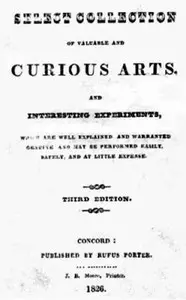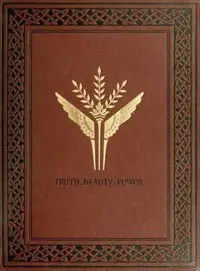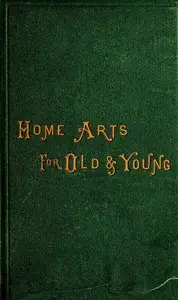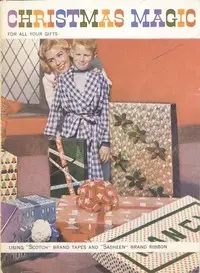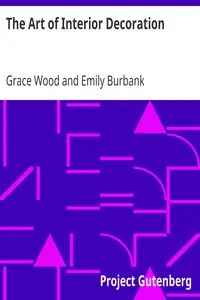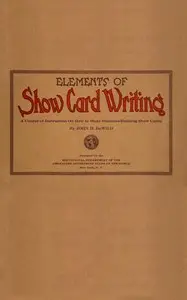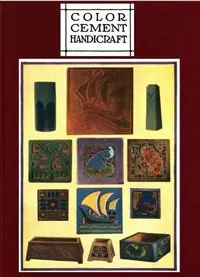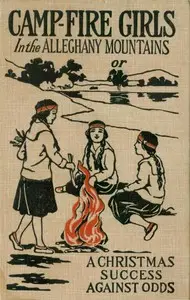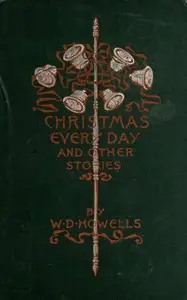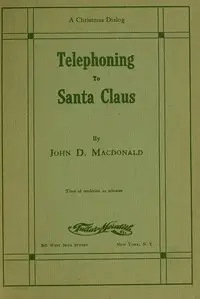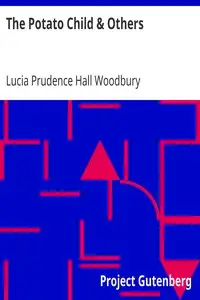"Gift Card Designing" by Pedro J. Lemos is a helpful book that wants people to make unique and artistic gift cards. Published a long time ago, it hopes to bring back the old tradition of sending cards during the holidays. Instead of buying cards that all look the same, the book pushes for cards that show off local culture and feelings. It's like a teacher and a friend for artists and students who want to learn how to make their own cards. The book goes into detail about how to design great-looking cards, talking about things like how to write nicely, pick the right colors, and put everything together well. It also gives ideas for projects, so you can learn by doing. Lemos inspires readers to use their own creativity while following the important rules of art. The book believes that giving a gift is more special when it has a personal touch, and it wants to make card design easy and fun for everyone.
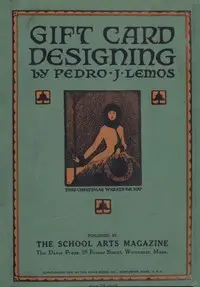
Gift Card Designing
By Pedro J. (Pedro Joseph) Lemos
Discover how to create unique, heartfelt cards that celebrate local traditions and artistic expression.
Summary
About the AuthorPedro Joseph de Lemos was an American painter, printmaker, architect, illustrator, writer, lecturer, museum director and art educator in the San Francisco Bay Area. Prior to about 1930 he used the simpler name Pedro Lemos or Pedro J. Lemos; between 1931 and 1933 he changed the family name to de Lemos, believing that he was related to the Count de Lemos (1576–1622), patron of Miguel de Cervantes. Much of his work was influenced by traditional Japanese woodblock printing and the Arts and Crafts Movement. He became prominent in the field of art education, and he designed several unusual buildings in Palo Alto and Carmel-by-the-Sea, California.
Pedro Joseph de Lemos was an American painter, printmaker, architect, illustrator, writer, lecturer, museum director and art educator in the San Francisco Bay Area. Prior to about 1930 he used the simpler name Pedro Lemos or Pedro J. Lemos; between 1931 and 1933 he changed the family name to de Lemos, believing that he was related to the Count de Lemos (1576–1622), patron of Miguel de Cervantes. Much of his work was influenced by traditional Japanese woodblock printing and the Arts and Crafts Movement. He became prominent in the field of art education, and he designed several unusual buildings in Palo Alto and Carmel-by-the-Sea, California.

